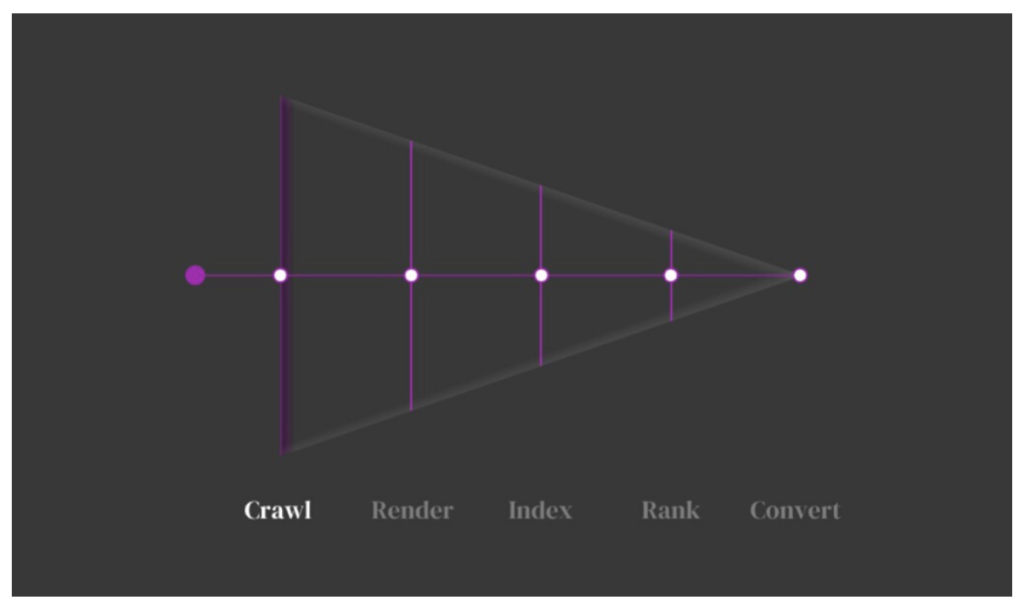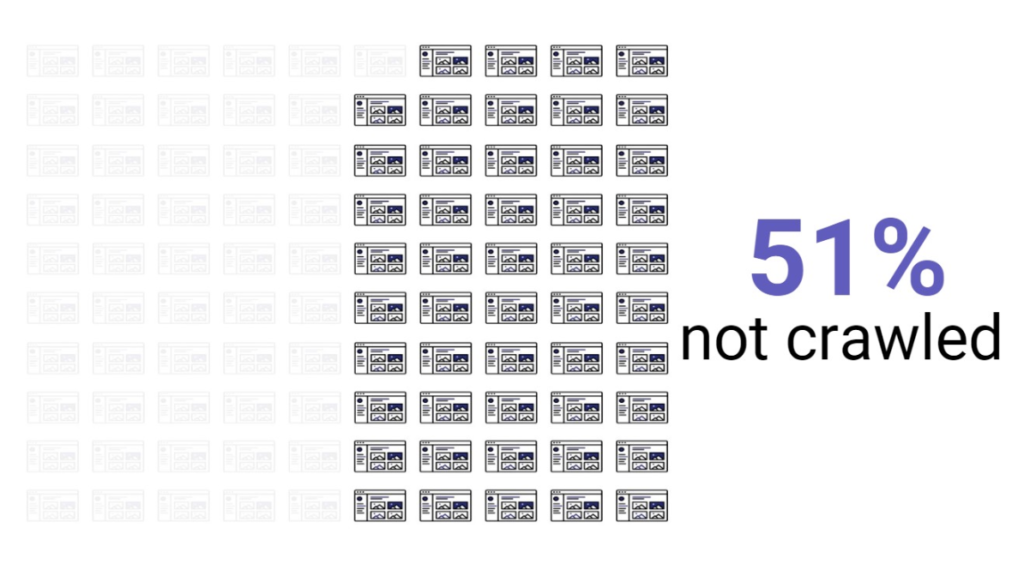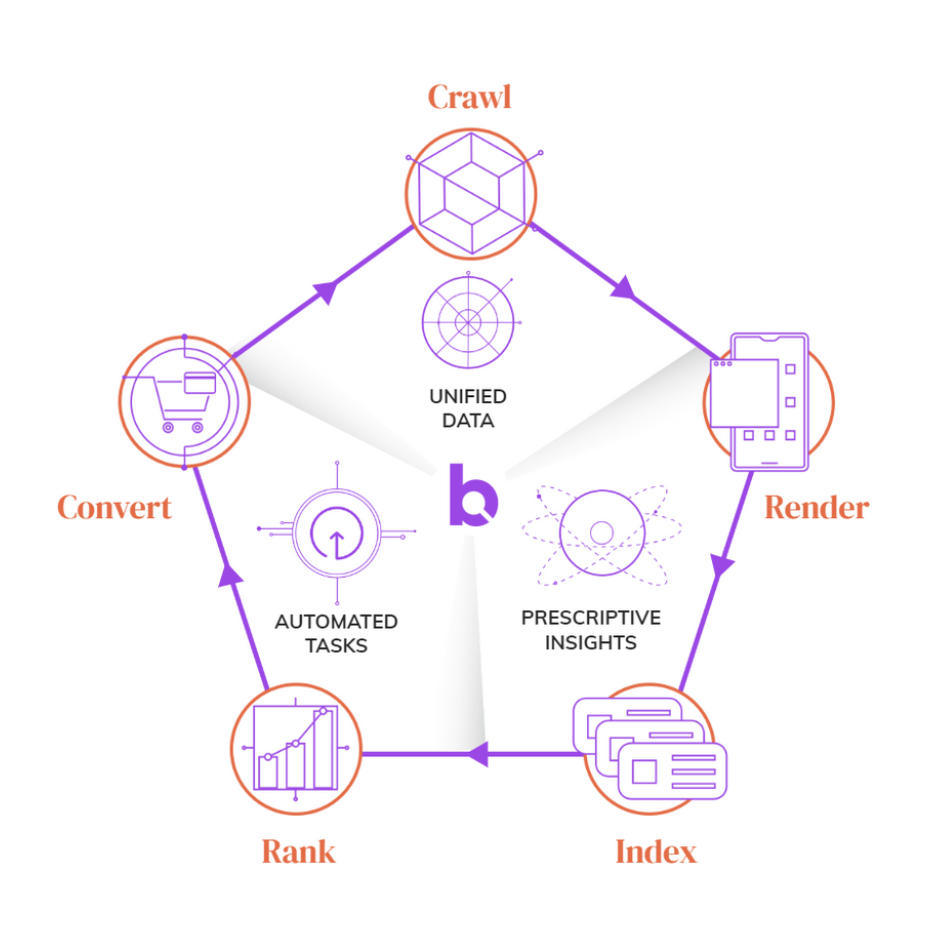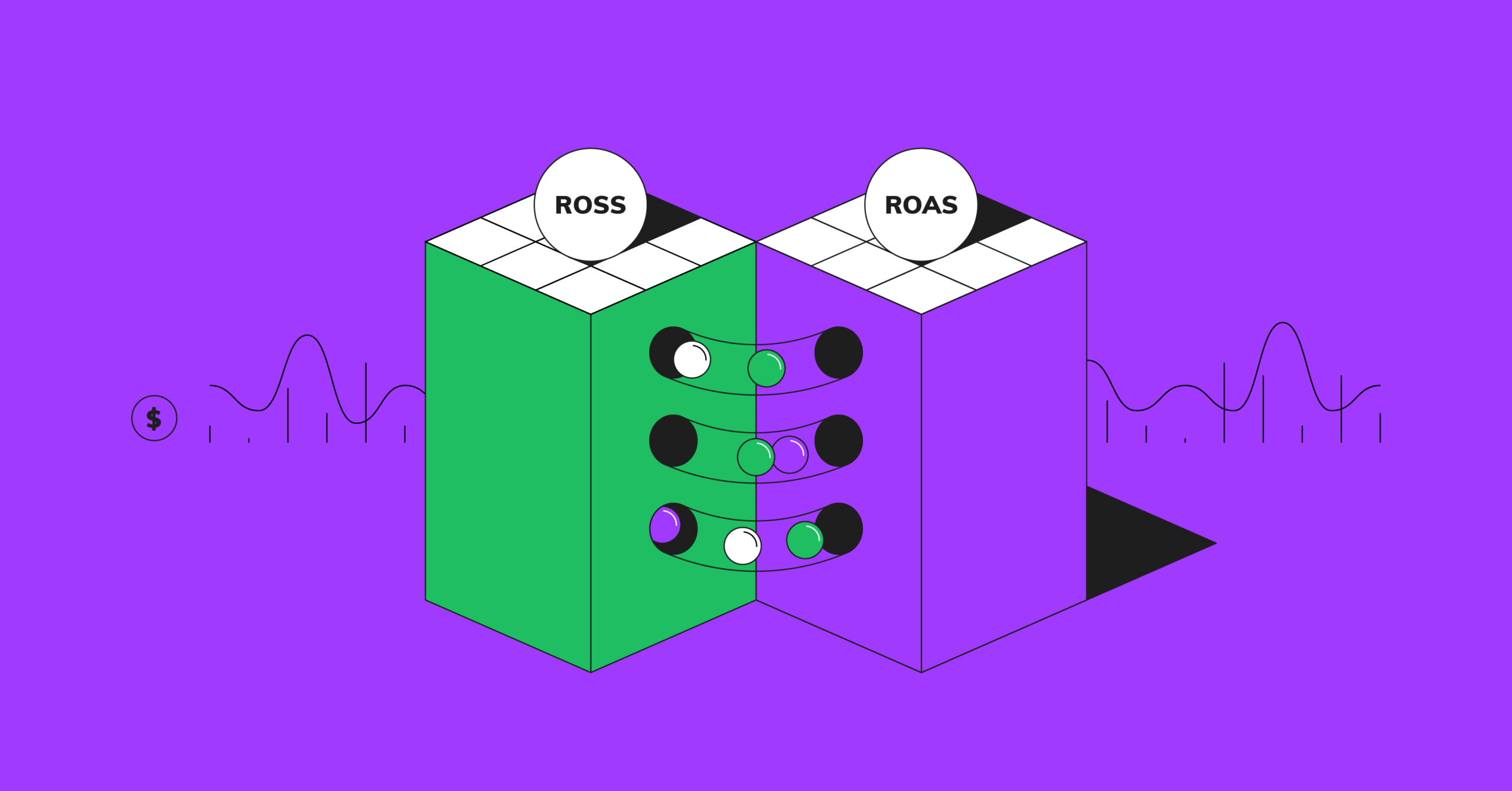This is part two in a multi-part series about enterprise SEO. Check out our first post on The Future of Enterprise SEO.
What does the future hold for enterprise SEO? In our first post of this series, we took a look at where SEO has been to better understand where it’s going, and explored why large enterprise websites in particular need a unique methodology to prepare them for that future.
In this latest installment, we’re going to explore what that methodology entails and why it works perfectly for large, complex enterprise websites.
The Botify methodology & enterprise websites: the perfect match
The Botify platform was born out of a brand new way of thinking about SEO. We found that the frustration people often had with SEO was that it was shrouded in mystery. While many tools on the market were helpful for understanding how you or your competitors were performing, we noticed a big gap — there weren’t really any tools that told you why.
In order for SEO to move the needle and drive big results, you need to understand the underlying issues behind poor rankings and low organic traffic. So we started to look deeper. Because of our own curiosity, we wanted to look under the hood and better understand why websites weren’t performing. We realized that we have to start further back than performance metrics. We needed to start with how search engines are crawling and understanding our web pages.


Step 1 – Crawl, render, and index
Through our research, we have found that half of enterprise website pages are not being crawled by search engines.


This often comes as a shock to enterprise executives. Many people assume an “if you build it, they will come” mentality, thinking all their pages automatically qualify to show up in Google search.
But why does this happen? As we discussed in our last post of this series, enterprise websites are often very large and tend to employ the latest technology. Because Google has finite resources (see our post on render budget for more information on that), Google has limits for how much time they’ll spend on any given website before moving on.
What this often translates to is Google missing important pages on enterprise websites.
When Google misses a page, it doesn’t get added to the index, which in turn means it doesn’t have a chance to rank, get traffic, or generate revenue for the business.
If you only looked at your rankings or traffic to those pages, you might be stumped. All you’d know is that the page isn’t ranking and isn’t getting any organic search traffic, but you wouldn’t know why. When you don’t know the underlying “why,” you don’t know how to course-correct.
That’s exactly why the first component of our methodology focuses on the technical SEO foundation of crawling, rendering, and indexing. The next post in our series will dive deeper into the crawling, rendering, and indexing stages of organic search.
Step 2 – Creating content that ranks for real searcher queries
If ensuring that search engines are finding and understanding your content the way you intended is like entering a race, creating high-quality content that answers real searcher questions is like running the race.
Search engines like Google may be able to find and understand your content, but if it doesn’t provide the best answers to the real questions your audience is asking, it won’t rank. If it doesn’t rank, it has little chance of earning the traffic that can produce revenue for your business.
Part two of the methodology is all about helping you understand how your audience is searching for your offering. What words do they use? What questions do they ask? Understanding this is the key to knowing what content you need to produce. Then, you need to create high-quality content — content that’s unique, comprehensive, and easy to view on any device.
Stay tuned for the fourth installment in this series where we’ll look more in-depth at what it looks like to create content that ranks for real searcher queries and how Botify can help you do that.
Step 3 – SEO for conversions & revenue
Every piece of this methodology is necessary for enterprises that want to move the needle and start boosting their revenue through SEO:
- When Google can find and understand our content, it qualifies to get served up to searchers.
- When our content provides helpful answers to real questions, it gets clicked on.
- Once it gets clicked on, we can start seeing ROI from organic search.
We created Botify not only to help website owners diagnose and execute on each aspect of this methodology but also to show them how their optimizations impact results. By unifying the data from each component of this methodology, you can start to understand things like:
- How crawl budget optimization influences ranking
- How page speed optimizations impact crawling
- How your keyword strategy can improve your traffic
…and many more insights.
Given the size and complexity of most enterprise websites, there’s often huge potential, but only a fraction of that potential is actually being realized. Our goal is to provide enterprises with the tools they need to adopt this “crawling to conversions” methodology and start profiting from organic search.


Don’t forget to check out the next post in this series where we take a deep dive into Part 1 of our methodology, exploring the importance of getting your pages crawled, rendered, and indexed.





